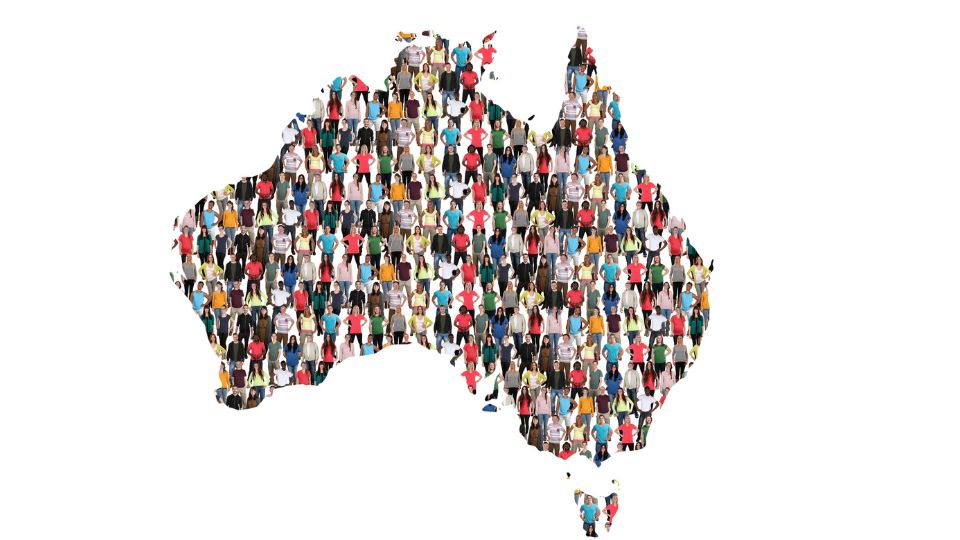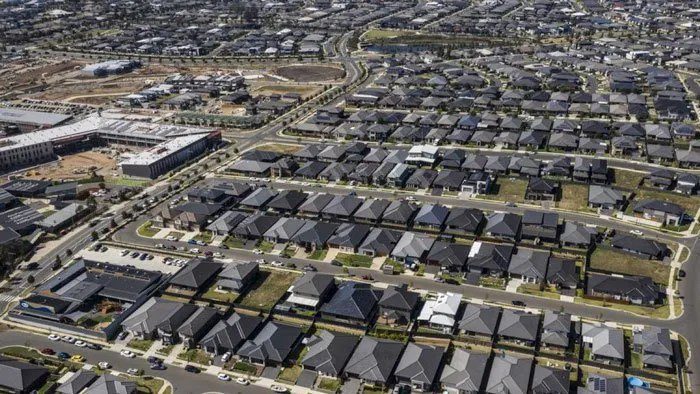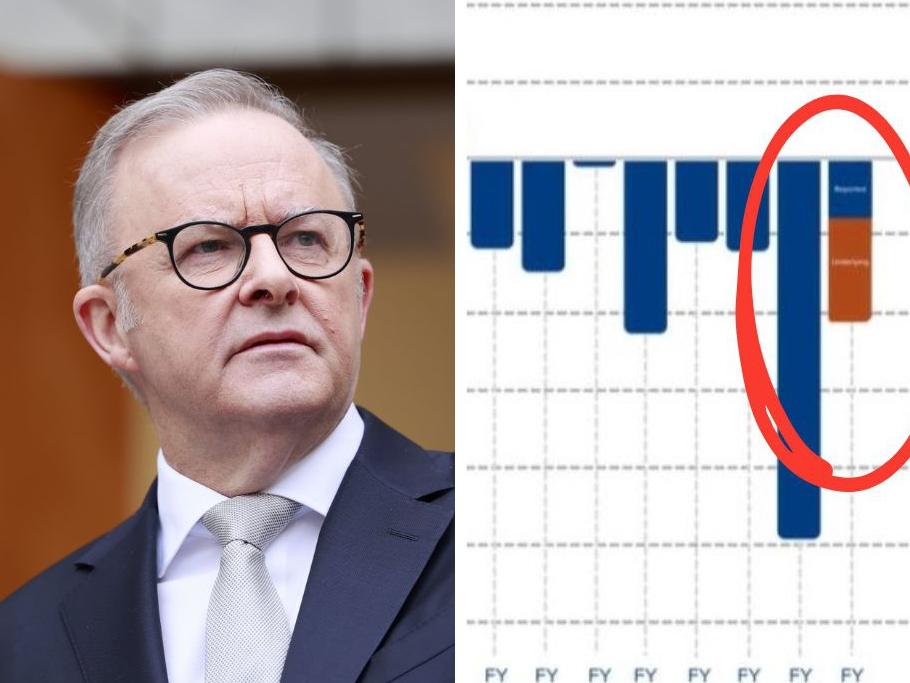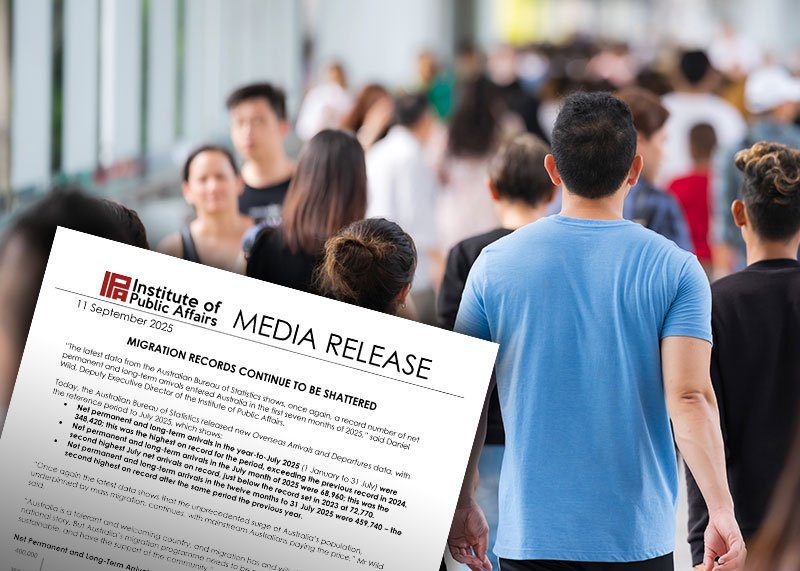Migration Boom Spotlights Housing Crisis Down Under

Australia’s Migration Program Under Scrutiny
Australia’s migration program is facing increased scrutiny following new statistics revealing that current intake levels are significantly higher than those before the pandemic. This situation raises concerns about housing affordability and infrastructure strain.
Current Migration Levels
The Australian Bureau of Statistics (ABS) has released new data that shows Net Overseas Migration (NOM) for the March quarter of 2025 reached 110,062. This means an average of 1,223 arrivals each day between January and March.
This influx has accounted for 76% of Australia’s population growth during the quarter. These numbers are more than double the pre-pandemic average of 55,036 from March 2010 to March 2020.
Concerns About Migration Impact
Daniel Wild, Deputy Executive Director at the Institute of Public Affairs (IPA), highlighted significant concerns regarding government shortcomings. He pointed out that the federal government has not adequately reduced migration levels back to pre-pandemic figures. Although there has been a slight decrease compared to post-pandemic highs, the levels remain elevated compared to historical norms.
Mr Wild stated, “The latest data confirms that, despite recent moderation, our migration program remains at historic levels.” He expressed that this high rate of migration contributes to problems such as housing affordability and increased economic and social pressures.
Calls for Change
Wild stressed the need for a more substantial and prompt cut in NOM to restore confidence in Australia’s migration program. He argued that the current intake is affecting living standards, making housing less affordable, and increasing societal divisions.
“Mainstream Australians are paying the price for this unprecedented surge in population,” he remarked. Although he recognised the value of migration in shaping Australia’s identity, he asserted that the government’s current approach is unsustainable.
He concluded by noting that while Australia should remain welcoming, there must be careful planning around migration. The elevated level of migration is now seen as the new normal under the Albanese government, which he believes cannot be maintained without adverse effects on housing, infrastructure, and services.
How This Relates to Working in Australia
For individuals interested in migrating for work, these figures may impact job availability and housing conditions. If you are considering visa sponsorship options, like the 482 visa (Temporary Skill Shortage) or pathways to permanent residency (PR) such as the 189 or 190 visas, staying updated on these changes is crucial.
What do you think?
Have a question about this topic or your own plans to move to Australia? Scroll down and leave a comment. We’d love to hear from you.
Thinking about moving to Australia?
Join our free and supportive community at Oz Visa Forum.
Post in our forums to get advice and support from people who’ve already made the move.
Not sure where to start? Click here to get started







Responses